Effectiveness of LEDs and biophotomodulation in aesthetics
Aesthetic phototherapy with LED light
Everywhere in our environment, LEDs or light-emitting diodes are now part of our daily lives (lighting of roads, houses, car headlights, etc.).
History of phototherapy
The origin of phototherapy (light treatments) dates back to the 1950s. It was in an English hospital that nurse Jean Ward noticed that exposure to the sun of newborn babies with jaundice caused the loss of the yellow color of their skin. Medicine then began to study the benefits of light on the human body.
It is only since the beginning of the 2000s that, through the work of NASA on healing in weightlessness and the desire to accelerate the healing time of wounds, that we discovered an interest in the use of light for anti-aging purposes.
In this article we are going to talk to you about aesthetic treatments using LED light and give you information on its principle, the duration of the treatment, the prices charged and the opinion of our association of doctors on this technique.
Phototherapy and biostimulation by LED light
Biostimulation by LED is a stimulation of the mitochondria of our cells by cold light (not producing heat like lasers). This is a so-called photo-modulating action and not photo-thermal like lasers. It is a photo modulation.
This action will activate cellular metabolism, increase tissue oxygenation and stimulate fibroblasts, the cells that produce collagen and other skin support substances.
The L:E:D - acronym for light emitting diode - offer the possibility of emitting several ranges of wavelengths of light such as red, yellow, blue, green and violet. the colors we use the most in healing and anti-aging care are red and yellow. blue will be used more against acne and dermatoses.
LED phototherapy will help calm inflammation, stimulate immunity, improve the healing process, erase your stretch marks, stimulate your fobroblasters and create collagen, densify and stimulate hair growth.
Similarly, LEDs can reduce the risk of pigment rebound and brown spots after an inflammatory process (for example after a burn, a peeling or a laser, etc.)
LED Treatment Overview
Treated areas
All areas of the face and body can be treated. there are no contraindications for specific areas. If you have a specific case (pregnant woman, particular health condition, taking medication, etc.) do not forget to tell your practitioner. We avoid treatments that react with light: photosensitizers such as antibiotics, anti-inflammatories...
Course of a phototherapy session
The LED light is applied near the area to be treated for 20 to 30 minutes. Nothing touches the skin, no pain is felt. There is no risk of burns.
It takes an average of 5 to 10 sessions with one to two weeks and a maintenance treatment once a month to ensure the durability of the results.
What colors of LED light for anti-aging?
In the context of use in anti-aging aesthetic medicine, there are three main lights that are used: red, yellow and blue.
Red light:
The use of red LEDs is aimed at people who want to have the following effects:
- Regeneration of collagen and elastin
- Stimulation of blood circulation
- Actions on wrinkles, scars, stretch marks (and in slimming)
- Tissue regeneration (activation of fibroblasts) and elastic fibers
- Slight thermal action that stimulates the anti-infectious defenses
- Treatment of red stretch marks
- Strong attenuation of white stretch marks
- Tightens the pores of the skin...
Yellow light:
During a phototherapy session with yellow LEDs you will benefit from the following effects:
- Improved blood circulation
- Lymphatic drainage
- Toning of the skin muscles
- Consolidates the surface of the skin
- Helps with wrinkles
- Lightening of scars
- Smoothes the skin...
Blue Light:
Blue light is mainly used for:
- Obtain an anti-bacterial effect on the skin
- Purifying and healing effect on the dermis
- Promote healing
Nevertheless, the blue spectrum wavelength is partially harmful to humans. It is therefore necessary to respect the durations of exposure indicated by the manufacturers.
Advantages and disadvantages of LEDs
Disadvantages:
There are no side effects with phototherapy! This is a non-invasive medical procedure that allows patients to resume their normal activities after a phototherapy session. A relative disadvantage could be the number of sessions to be done, which is relatively high.
Contraindications to LEDs
They mainly concern certain skin diseases:
- hereditary dysplastic nevus syndrome
- personal history of melanoma
- systemic lupus erythematosus
- diseases with DNA repair disorders
Major contraindications:
- people under the age of eight
- previous exposure to ionizing radiation or arsenic
- presence of actinic keratoses
Minor contraindications:
- person under 12 years old
- pemphigoid and pemphigus
- previous treatment with methotrexate or ciclosporin
- skin photo-sensitivity
- patients with many nevi (more than 50)
- patients with more than 5 atypical navei...
Advantages
LED phototherapy has the following advantages:
- painless
- Non invasive
- very little or no side effects
- effective and lasting results
- natural and deep tissue stimulation (biostimulation).
It is a technique that is very practical and effective, but which still requires an experienced practitioner. It is important to respect the duration and frequency of the sessions. In the event of non-compliance with the indications, this aesthetic medicine treatment will result in the nullity of the beneficial effects.
what are the results?
The desired improvement can only be seen after 3 or 4 sessions. Patient satisfaction is generally good in the indications mentioned above.
AFME opinion on phototherapy
Anti-aging or cosmetic LED phototherapy is a gentle and non-invasive method. Most often it does us great service as a complementary treatment to more "strong" treatments such as lasers, medium and deep peelings, the consequences of which it reduces.
LED phototherapy also helps boost other anti-aging treatments by stimulating cells that make the skin and generate collagen. It is a promising technique and one which probably has a great future.
As with all aesthetic devices, depending on the quality and power of the machines, the results will be present or not. There is no comparison between small LED screens sold in supermarkets and LED panels for medical use.


 Français
Français  Deutsch
Deutsch  English
English 
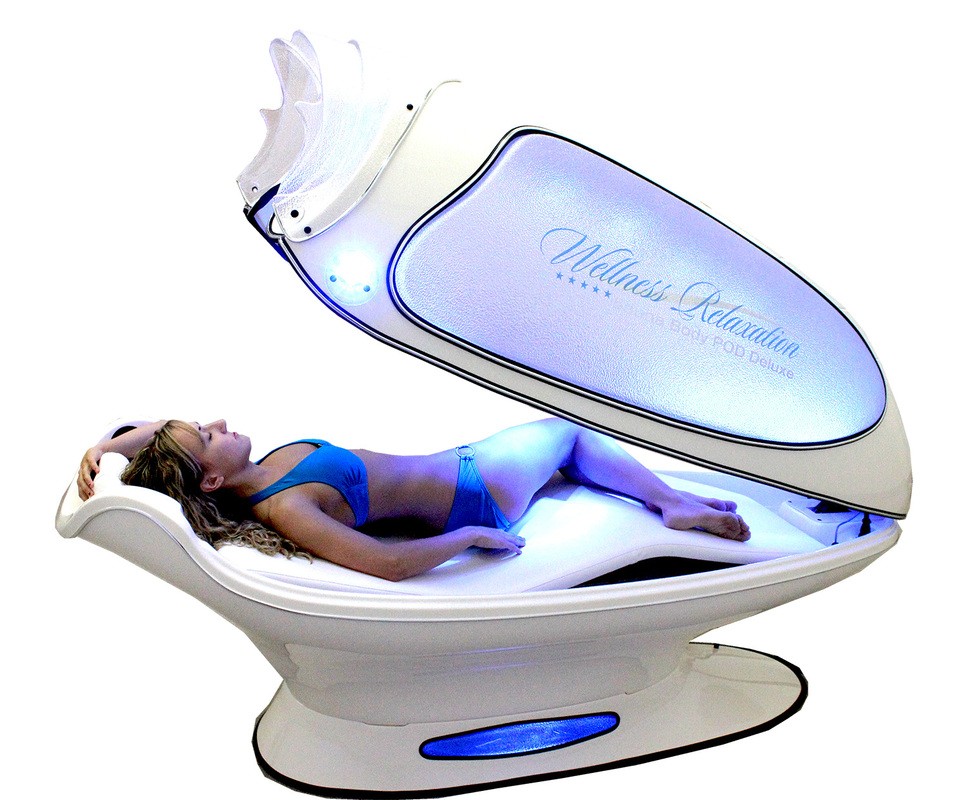
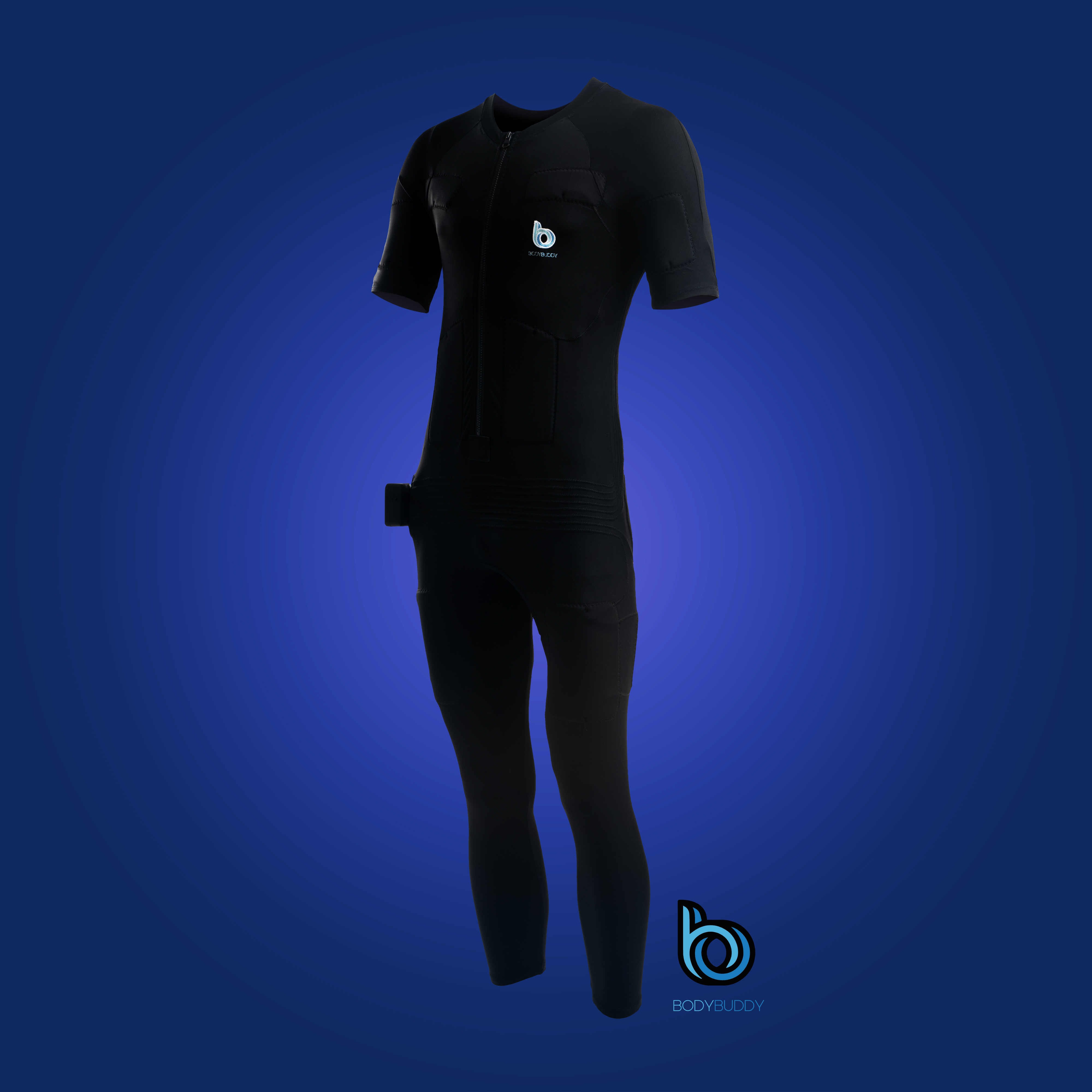
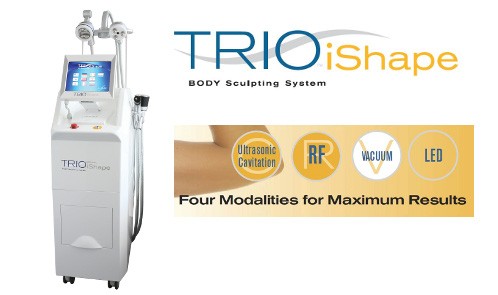

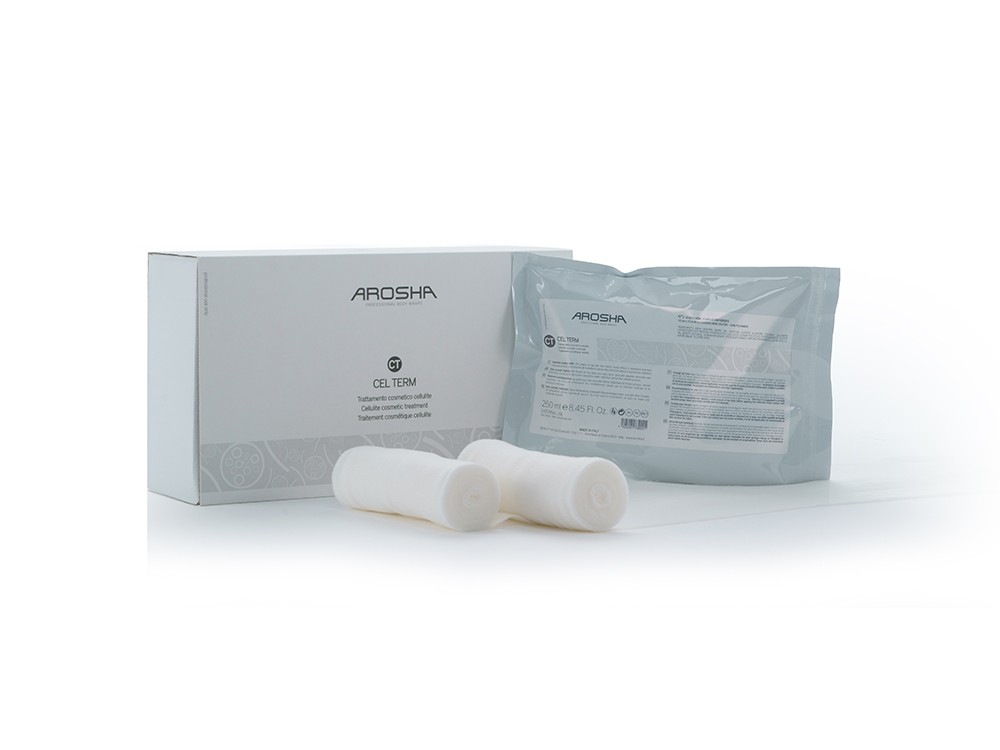
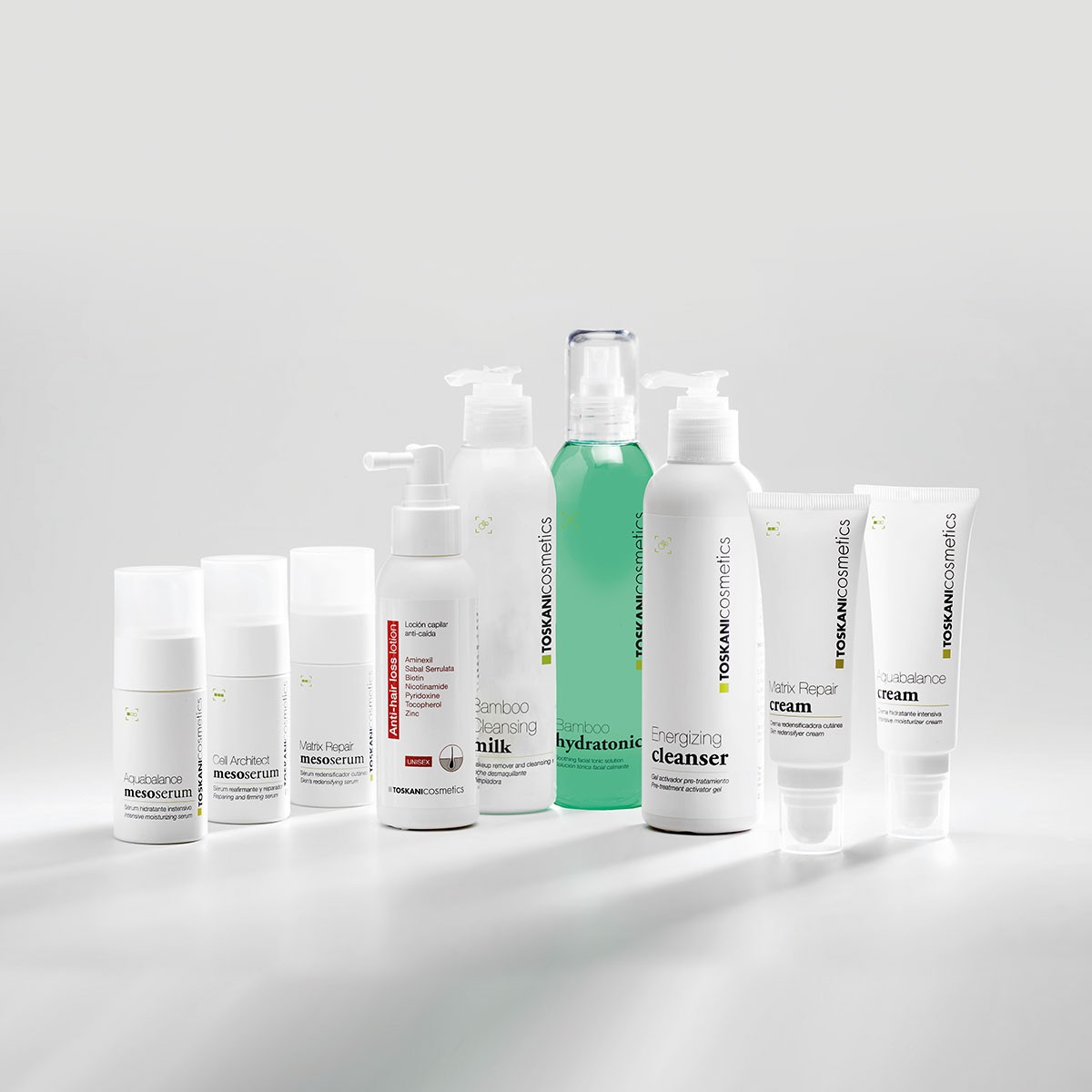
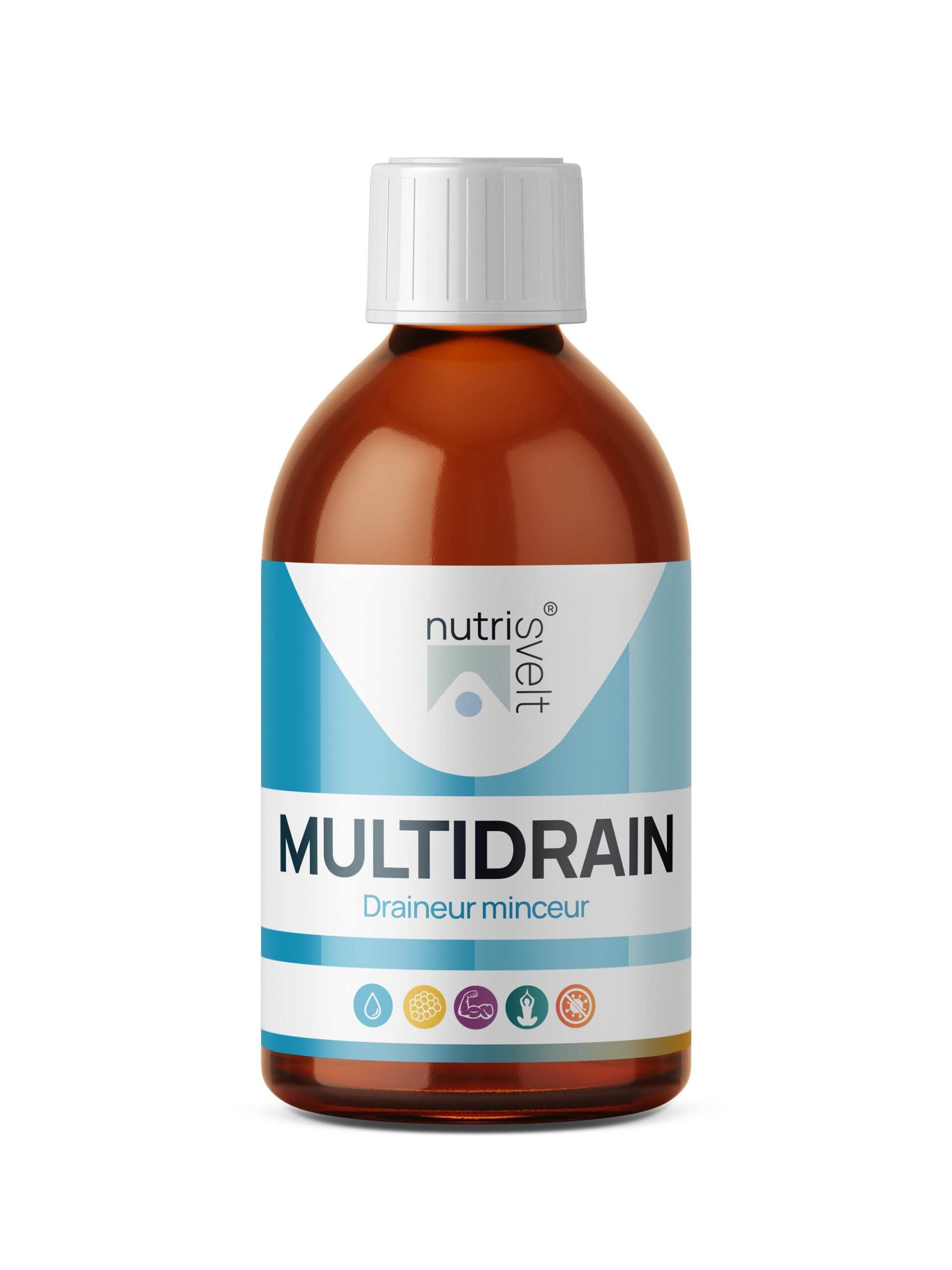
Comments
Leave your comment